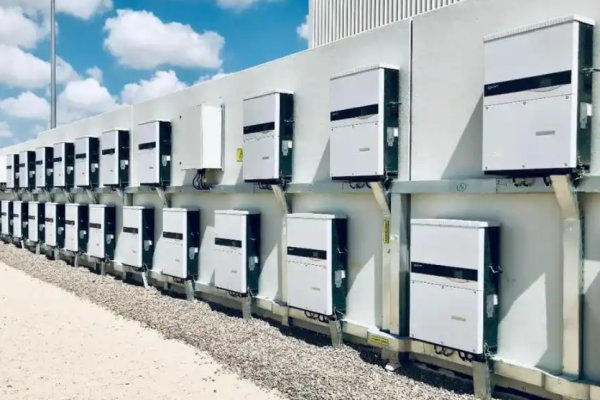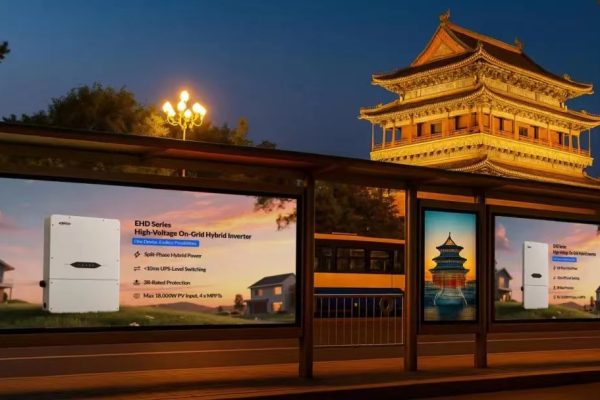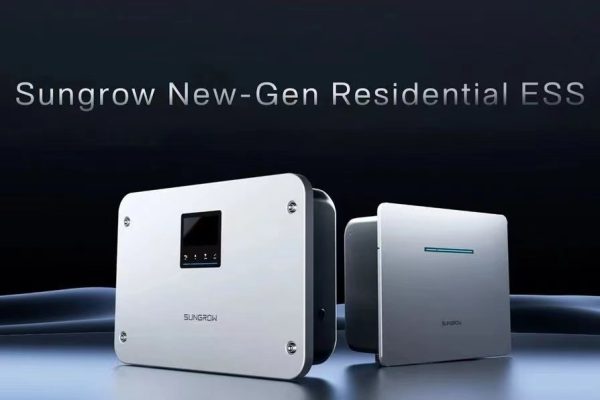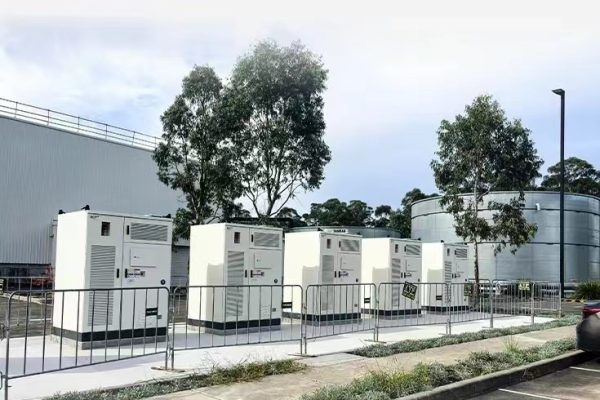Why Decentralized Solar + Storage May Leapfrog the Grid
As the world shifts toward clean energy, many developing countries are facing a critical question:
Should we keep investing in centralized grid infrastructure, or leap directly into distributed energy systems?
For regions with unreliable grids, high diesel dependence, or limited utility coverage, distributed solar + energy storage (PV+ESS) offers a powerful alternative—and in many cases, a faster, cheaper, and more resilient path to electrification.
In this article, we explore the future of distributed PV+storage in emerging markets, the driving factors behind adoption, key challenges, and what role SMEs and exporters can play.
🌍 Why Distributed PV+ESS Makes Sense in Developing Countries
1. Grid Expansion Is Expensive and Slow
Laying new transmission lines costs $15,000–$25,000/km and takes years. For rural villages or islands, centralized expansion is not economically viable.
Distributed systems, however:
- Can be deployed in weeks or months
- Serve individual households or clusters
- Bypass political and logistical delays
⚡ A 5kW PV + 10kWh ESS system can power a small shop or home without touching the grid.
2. Diesel Generator Alternatives Are Unsustainable
Many developing regions rely heavily on diesel, which:
- Is expensive (>$1/L in many markets)
- Has volatile supply chains
- Causes noise and pollution
Hybrid solar + battery systems offer:
- Lower LCOE over 3–5 years
- Quiet, clean operation
- Lower long-term maintenance
3. Energy Demand Is Growing Rapidly
From mobile charging and refrigeration to telecom towers and water pumps, rural and peri-urban areas are demanding modern energy access—but not necessarily megawatts of capacity.
Distributed PV+ESS systems can scale with:
- Residential needs (1–10kWh/day)
- Commercial microgrids (50–200kWh/day)
- Agricultural or community systems
🔧 What’s Driving the Adoption?
✅ Falling Prices of Components
- LFP battery prices have dropped >60% in the past 5 years
- PV modules are now <$0.15/W in bulk
- Hybrid inverters are widely available from Asia
✅ Pay-as-You-Go (PAYG) Financing Models
Mobile banking enables:
- Monthly payments for solar kits
- Embedded metering and control
- Reduced upfront barrier for customers
✅ Government & NGO Support
- World Bank, USAID, and local programs fund microgrids
- Tax exemptions on solar imports
- Net metering or feed-in incentives in some countries
🔗 Centralized vs. Distributed: A Shift in Thinking
| Criteria | Centralized Grid | Distributed PV+Storage |
|---|---|---|
| CAPEX | High | Medium to Low |
| Rollout Speed | Years | Weeks or Months |
| Resilience | Fragile | Fault-tolerant |
| Community Ownership | Low | High |
| Expansion Flexibility | Limited | Modular / Scalable |
🌐 Distributed systems are no longer “temporary solutions”—they are the backbone of energy access strategies.
🏁 Real Use Cases
📡 Telecom Towers in East Africa
- Off-grid towers powered by PV + LiFePO₄ battery systems
- Hybrid inverters manage genset backup
- Reduces OPEX by 60–70% compared to diesel-only systems
🏠 Village Microgrids in Southeast Asia
- 20–50 households connected via local DC or AC mini-grid
- 30kW PV array + 100kWh ESS bank
- Controlled via cloud-based EMS
🚜 Agriculture & Irrigation in India
- Solar-powered water pumps with 10–20kWh of storage
- No grid connection required
- Supports dry season farming and resilience
🧱 Key Technical Design Considerations
- Battery Chemistry: LFP preferred for safety and life span
- Inverter Type: Must support off-grid, generator input, and solar MPPT
- Monitoring: 4G/2G fallback in areas without strong WiFi
- Modularity: Stackable or replaceable packs ease maintenance
- Protection: Must withstand heat, humidity, voltage surges
🚫 Challenges to Address
- Counterfeit Equipment
– Use trusted suppliers with certifications - Local Technical Skills
– Training programs and simplified installation kits - Financing and ROI Concerns
– Transparent payback calculations - Poor After-Sales Support
– Local installer networks are key
🚀 What This Means for Exporters and Integrators
If you’re an SME in the solar + storage supply chain, this trend opens huge opportunity—but also demands a tailored product strategy:
✔ Offer Pre-Assembled Kits
- Inverter + Battery + Panel in one SKU
- Include manuals, installation videos, and pre-wired solutions
✔ Match Country-Specific Certifications
- CE, IEC, UN38.3, local voltage/frequency compliance
- Include remote firmware update options
✔ Prepare Documentation
- Datasheets in local languages
- Clear wiring diagrams and offline troubleshooting guides
A Leapfrog Moment
Distributed PV+ESS systems are not just stopgap solutions—they represent the future of energy access in regions that cannot afford to wait for a perfect grid.
For exporters, developers, and integrators, the message is clear:
Build simple, modular, finance-friendly systems—and you’ll own the next energy frontier.









